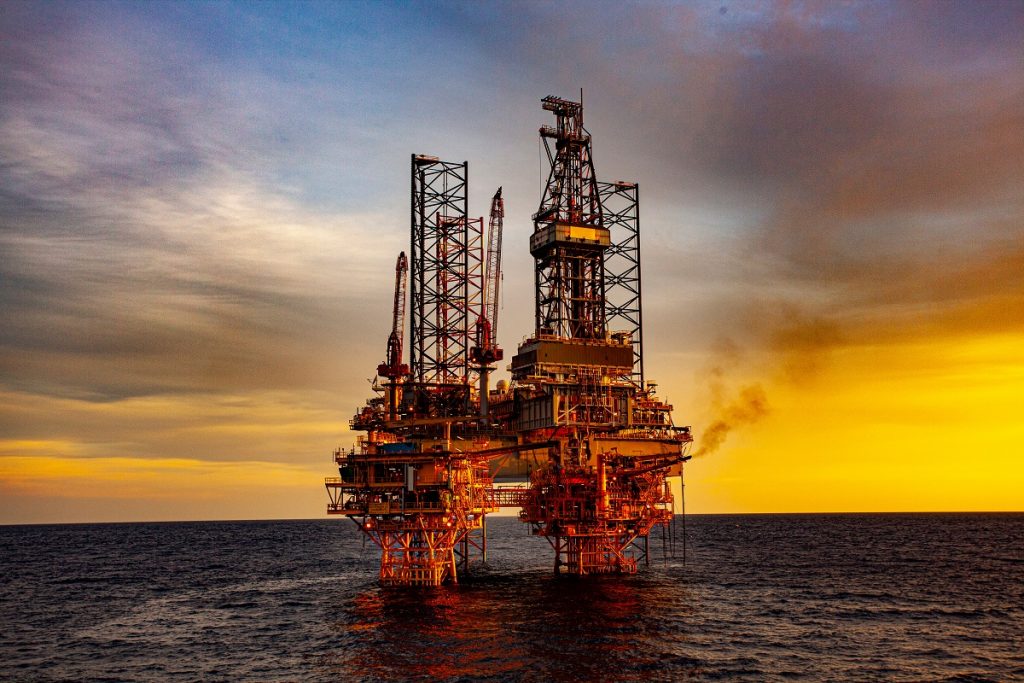Following the pandemic and the mass shift to hybrid work video conferencing has become a staple of our daily work lives. But while most of us will only use video conferencing tools to catch up with our colleagues on day-to-day tasks, for some it is an invaluable, even lifesaving, tool.
Oil workers on offshore rigs are the epitome of remote workers. Located anywhere from a few hundred metres to hundreds of miles offshore, oil rigs are often only accessible by helicopter or boat. This makes getting medical help in an emergency a real challenge, even with state-of-the-art medical equipment and trained health personnel available on the rig.
Addressing the unique challenge of delivering lifesaving healthcare to offshore workers means coming up with unique solutions and harnessing the power of modern technology.
Unique challenges, unique solutions
When a medical emergency arises on an offshore rig, medical staff need to be able to quickly make a judgement on how best to help the patient. In some situations, a helicopter needs to be called in to airlift the patient to a hospital on land, but even then, the patient will need care while they wait – this is where modern video technology comes into play.
Working in collaboration with AV providers many leading oil companies have developed customised telemedicine solutions for rigs around the world, from the Norwegian coast to Greenland, the west coast of Africa, and the Black Sea. Combining traditional teleconferencing technology with connective medical imaging devices and unique user experience design, the set-up allows onshore doctors to treat offshore patients quickly and easily.
As any doctor knows, talking to the patient and being able to perform an exam are key for diagnosis but recreating this experience virtually is no easy task. In a medical emergency on an oil rig, not only does the doctor on shore need to be able to examine and talk to the patient remotely, but they also need to be able to seamlessly collaborate with the support staff on-site to make sure the patient gets the care they need until the helicopter arrives to take them to the hospital.
At its most basic, this means high-quality video and audio connections that allow the doctor to see, hear, and interact with the patient in real time. Global AV provider Kinly has worked with oil rigs across the globe to develop a system involving two high-quality cameras, one atop the video conferencing screen and another located in the ceiling above the treatment bed. There’s also a high-quality microphone that covers the entire room, so the doctor can hear the patient or nurse, even if they’re moving around the room. Together, these technologies provide the feeling of being in the room together, even when doctor and patient are hundreds of miles apart.
A simple user-friendly experience is another important component of a successful telemedicine setup. To activate the aforementioned set up only requires the pressing of a large, red button which will connect to the on-call doctor on land and turn on the two cameras. These telemedicine systems also have a separate control panel, unique from standard teleconferencing equipment, which is user-friendly even for people not familiar with the tech. By providing easy access and simple navigation for people on both sides of the call, first responders can eliminate one more worry in an already stressful situation.
Beyond videoconferencing
A sophisticated video conferencing setup is the basis of a telemedicine setup, but the system developed by Kinly takes it a step further by connecting the actual medical equipment in the rig’s exam room to the hospital on shore.
Medical equipment like otoscopes, ultrasounds, EKG and X-ray machines can be connected to send images directly back to the on-call doctor on land, saving time and providing valuable diagnostic information. The doctor on shore can also control the cameras in the room, getting closer to the patient to see minor changes like whether their face is sweaty or pale.
On top of the existing setup, Kinly is constantly innovating to make sure doctors and nurses working with offshore patients have the latest technology. For example, we’re currently developing a flexible, handheld camera that allows nurses to get up close to patients and give doctors more detailed real-time images.
The lessons learned with offshore workers also have broad applications for other industries. For example, keeping up with servicing, troubleshooting and installation requirements in a remote environment requires thinking outside the box, as it can be expensive to send an offshore technician to fix something when it goes wrong.
By building systems so that most common issues can be solved from support centres remotely, valuable time and money is saved, and technicians only need to be sent out when absolutely necessary. The innovations that make this possible also make support quicker for organisations in a variety of other industries that need fast, remote tech support by highly trained technicians.
Offshore oil workers operate in an environment that’s uniquely challenging. Treating medical emergencies miles away from the hospital requires unique telemedicine solutions like the one designed that can go beyond traditional teleconferencing technology to incorporate connected medical devices. When time is of the essence, having the right technology that allows doctors to deliver diagnoses as if they were in the same room, even when miles away, can make all the difference.
By Simon Watson, Head of Innovators at Kinly

